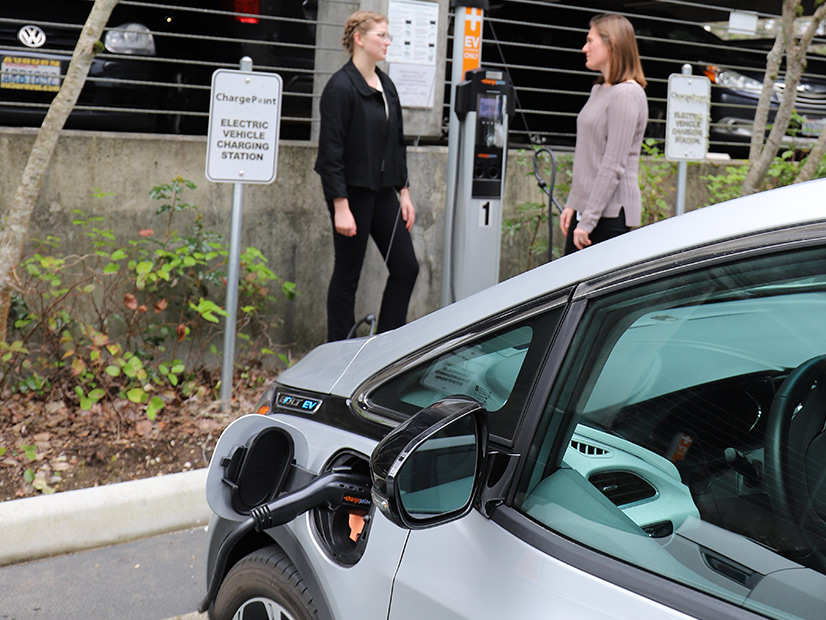Washington environmental officials have kicked off the public portion of their work to adopt California’s transportation emissions standards, which will set targets for the adoption of zero-emission vehicles.
The Washington Department of Ecology has begun public hearings on implementing a law that the state legislature passed in 2020 to adopt the standards — the strictest in the country. The agency is aiming to finish the new regulations by this November to meet a deadline of Jan. 1, 2022. The regulations will go into effect Jan. 1, 2024, before 2025 models hit the street.
With both chambers controlled by Democrats, the legislature passed the law mostly along party lines.
Under the federal Clean Air Act, most states are restricted from enacting their own emissions standards for new motor vehicles. California is the only state allowed to adopt state standards for vehicle emissions. States are allowed to adopt the federal or the stricter California emissions standards.
California maintains two programs for low- and zero-emission vehicles, which have criteria for pollutants and greenhouse gas emissions. ZEVs include battery-powered and hydrogen-fueled vehicles.
In 2005, the Washington legislature adopted the California emissions standards for passenger cars, light-duty trucks and medium-duty passenger vehicles. It did not adopt California’s standards for ZEVs or low-emissions vehicle standards for medium- and heavy-duty trucks. The 2020 law adds California standards for medium- and heavy-duty vehicles.
The new rules being mapped out tentatively divide the zero-emission, medium- and heavy-duty vehicles into three categories.
One category covers vans and large pickup trucks. Washington is tentatively looking at requiring 7% of those vehicles sold in the state to be ZEVs by 2025, increasing to 55% by 2035.
A second category covers bucket trucks, delivery trucks, school buses and transit buses. Eleven percent of the 2025 models are to be ZEVs, growing to 75% by 2035.
The third category covers tractor-trailer rigs, cement trucks and dump trucks. Seven percent of the 2025 models are to be ZEVs, increasing to 40% by 2035.
If a manufacturer cannot meet those goals in Washington sales, it will be allowed to buy and swap for credits with companies exceeding those targets, similar to cap-and-trade credits.
Ecology Department officials mentioned no targets for low-emission vehicles Wednesday during a public webinar on the proposed regulations. Two more public hearings are scheduled for July 27 and 29.


